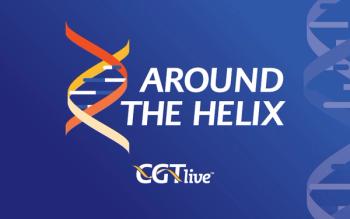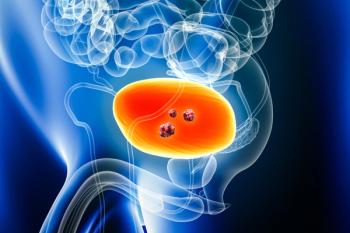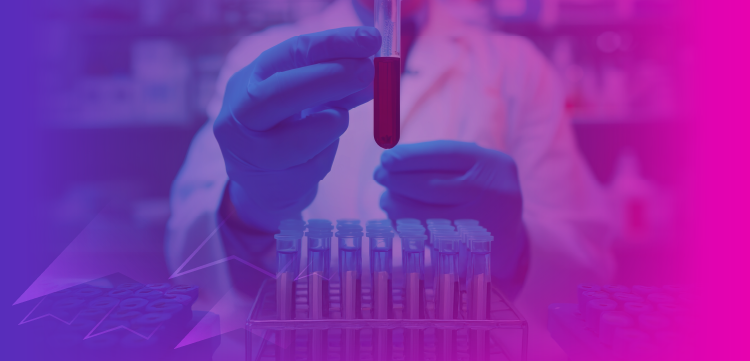
Tami John, MD, on β-Thalassemia Gene Therapy in the Context of the Broader World
The clinical associate professor at Stanford Medicine emphasized the need to build community among patients with TDT.
This is the third part of an interview with Tami John, MD. For the first part,
“Actually, one of the things that I'm starting to recognize in my region is that individuals with thalassemia live with thalassemia alone. They don't know anybody else who has thalassemia, and then they come to see me, and they start to meet other people who have had a similar therapy and they can share their story, and they can help support their community... I think building that community is really important so they can share some of that information...”
In the United States, transfusion-dependent β-thalassemia (TDT) is considered a rare disease,occurring in only about 1,300 people, but in certain other parts of the world, such as India, the disease is substantially more common and patients are used to knowing other people their condition.1 When patients with TDT immigrate from parts of the world where their disease is common to the US, however, they often find themselves alone.
Tami John, MD, a clinical associate professor at Stanford Medicine, discussed this phenomenon in the context of a broader discussion about the roll out of TDT gene therapy products in the real world, which currently include 2 FDA-approved therapies: bluebird bio’s betibeglogene autotemcel (beti-cel; marketed as Zynteglo), an autologous, lentiviral gene-addition therapy that delivers a modified form of the β-globin gene into patients’ hematopoietic stem cells ex vivo before reinfusion into the patient, and Vertex Pharmaceuticals and CRISPR Therapeutics’ exagamglogene autotemcel (exa-cel; marketed as Casgevy), a CRISPR/Cas9 gene-editing cell therapy.2,3 John pointed out that when patients come to treatment centers for TDT, it can be an important opportunity for community-building if they meet other patients with the same disease. It can also be a way for patients to find out about new treatment options and learn from the experiences of other patients who have received these treatments. As such, John suggested that gene therapy companies ought to take an active role in community-building efforts.
REFERENCES
1. Beta-thalassemia (beta-thal). bluebird bio. Website. Accessed April 21, 2025.
2. FDA approves first cell-based gene therapy to treat adult and pediatric patients with beta-thalassemia who require regular blood transfusions. News release. FDA. August 17, 2022. Accessed June 26, 2025. https://www.fda.gov/news-events/press-announcements/fda-approves-first-cell-based-gene-therapy-treat-adult-and-pediatric-patients-beta-thalassemia-who?utm_medium=email&utm_source=govdelivery
3. Vertex Announces US FDA Approval of CASGEVY™ (exagamglogeneautotemcel) for the Treatment of Transfusion-Dependent Beta Thalassemia. News release. January 16, 2024. Accessed June 26, 2025. https://news.vrtx.com/news-releases/news-release-details/vertex-announces-us-fda-approval-casgevytm-exagamglogene
Newsletter
Stay at the forefront of cutting-edge science with CGT—your direct line to expert insights, breakthrough data, and real-time coverage of the latest advancements in cell and gene therapy.











































